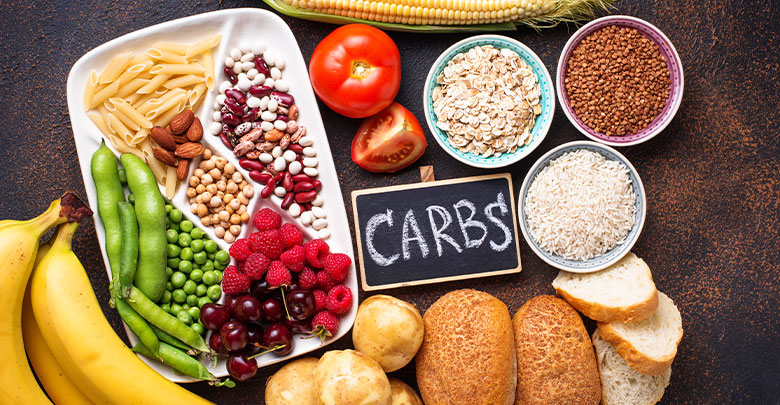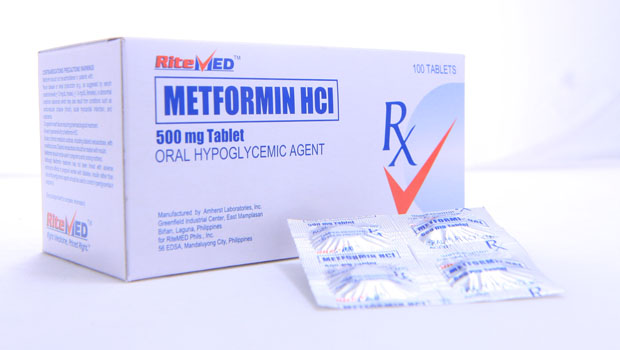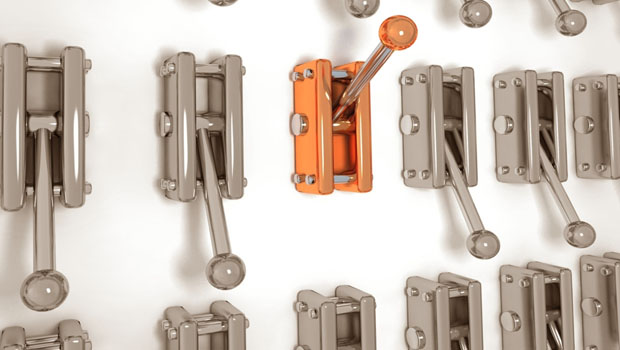Newly Diagnosed: Carb Counting Basics
Living successfully with type 1 diabetes depends a lot on how accurately you carb count, estimate meals and decipher nutrition labels

One of the very first things any newly diagnosed T1D (or type 1 parent) learns about, is how to count carbs and calculate insulin dosages.
By administering the correct amount of insulin based on your personal insulin-to-carb ratio for a given meal, you should theoretically be able to produce an optimal blood sugar reading around two hours after the meal. Of course, like so many other things in the diabetes world, this is far easier said than done.
But the first step to attaining these illusive optimal blood sugar readings is to be able to accurately calculate how many carbs you are eating at each meal.
This skill takes time to master, but with a lot of practice and the right tips, even the most novice carb-counter can find their way to post-meal blood sugar bliss.
Carb Counting 101
While counting carbs may seem like it should be as easy as looking up a single amount, there are actually a number of items you need to take into account, with some meal calculations being far more complex than others.
Reading Nutrition Labels
The first step to accurate carb counting means being able to read and understand nutrition labels.
For a diabetic, the most important information on these labels is the serving size and how many grams of carbohydrates are included in each serving. Protein and fat are good numbers to scan as well, but we’ll talk more about those in a minute.
Figuring out exactly how much food equates to one serving can be tricky. Most labels list amounts in the number of items (such as “5 crackers”) or in a fraction of the total (such as “half a bottle”). But some companies like to get extra tricky and list amounts only in cups or grams.
For these occasions, it is nice to have a scale and a set of measuring cups at home. As you become more familiar with different food types, you will find it easier to guess what 30g of potato chips or half a cup of berries look like.
Next, you’ll want to look at the total number of carbs per serving. If you plan to have two or three servings, make sure to multiply the number of carbs accordingly. Similarly, if you plan to have only half a serving, make sure you cut the carb total in half as well.
Once you know how many carbs you’ll be eating, you can use the carb-to-insulin ratio your doctor gave you to figure out how much insulin to take.
For instance, if my carb-to-insulin ratio is 1 unit of insulin for every 15g of carbs and I plan to eat 30g of carbs, I would take 2 units of insulin.
If you have a pump, it will most likely do this math for you. If not, or if you are on shots, you’ll have to rely on your brain (or phone). If the numbers don’t work out nicely, try to adjust how much you will eat to align with a dose of insulin that you can actually give.
That means if you only have a pen that gives whole units of insulin, you may have to up the 25g of carb you wanted to eat to 30g to better fit your 1 to 15 ratio. If you have the ability to dose in half units, you would have the option to decrease from 25g to 22.5g or jump up to 30g.
While looking at the total carbs listed on the label will be accurate enough for most foods, there are times when you will need to look a little further.
Sugar Alcohols
Sugar alcohols are included in the total amount of carbs in many “sugar-free” or “sugar-reduced” foods but they don’t digest completely in the body. If you are eating one of these foods, subtract half of the amount of sugar alcohol from the total carbs and dose for that number instead.
The Role of Fiber
Fiber, fats, and protein can also complicate things in some cases.
Dietary fiber isn’t digestible by the body and technically doesn’t need to be counted into the total carb calculation. However, since most foods only contain a few grams of fiber, you usually don’t need to make special considerations for it. The exception to this rule would be if the serving you are eating contains more than 5g of dietary fiber.
In this case, you would want to subtract the entire amount of fiber from the carb total. For example, a high fiber cereal may have 30g of carbs per serving but within that contain 7g of fiber. So you would only want to bolus for a total of 23g of carbohydrates.
The Role of Protein Fat
While fiber is technically a carb, protein and fat are completely separate macronutrients. They can, however, play their own unique role in how much insulin you need for a meal.
Under the right circumstances, protein can be converted into glucose and raise blood sugars. For the typical person eating the typical meal containing over 30g of carbs, there isn’t usually a reason to dose for protein.
If, however, you are on a carb-restricted diet or eating a low-carb, high-protein meal, you may need to consider adding a few units of insulin to cover that protein conversion. Typically, counting half of the grams of protein as carbohydrates will cover you, but it varies person to person and by the specific makeup of your meals that day.
You can learn more about dosing for protein here.
The Role of Fat
While fat cannot be turned into glucose, it can still change how you want to dose.
Fat slows down the digestion of carbs, making it possible for your insulin to peak before your blood sugar does. To avoid this, when you are eating high-fat meals (over 15g of fat) you should utilize your dual wave bolus on your insulin pump.
You’ll want to take around half your carb dose upfront and spread the rest over the next two or three hours.
If you don’t have a pump, you can simulate a dual wave bolus by taking half your dose upfront and the other half after about two hours.
Really high-fat meals can also cause your liver to dump glucose into your bloodstream, causing a need for more insulin than carbs alone would account for.
You can learn more about how to account for this phenomenon here.
Estimates for Common Foods
While it’s always nice to have a nutrition label handy to tell you exactly how many carbohydrates, and grams of fat and protein are in your food, that rarely happens, especially for prepared meals. Instead, it is a good idea to memorize the carb load of a few common foods so you can easily estimate your meal dosage.
Here are some of the more common carb-containing foods you’re likely to find on your plate and their approximate carb value.
- 1 slice of bread = 17g carbs
- 1 cup of oatmeal = 30g carbs
- 1 cup of pasta or rice = 45g carbs
- 1 large tortilla = 30g carb
- ½ cup of beans = 20g carb
- 1 baked potato = 40g carb
- 1 cup milk = 12g carb
- 1 cup plain yogurt = 15g carb
- 1 apple or orange = 15g carb
- 1 banana = 30g carb
- ½ cup of berries or grapes = 10g carb
- 1 small order of fries = 30g carb
- 2 tbsp sweet sauces like barbeque, ketchup, and sweet and sour = 10 to 15g carb
Keep in mind that meat, cheese, eggs, nuts, and fibrous veggies don’t have a lot of carbs if any. But animal products can be heavy on fat and protein and may require you to adjust your dose.
The idea of memorizing this list and remembering how to dose appropriately for fats, protein, fiber, and everything else may seem like an impossible task. But there will be a day when the basics of carb counting seem like second nature to you.
For now, make a cheat sheet, download a carb counting app on your phone, and start practicing your carnival-style portion size guessing skills.
You’ve got this!







